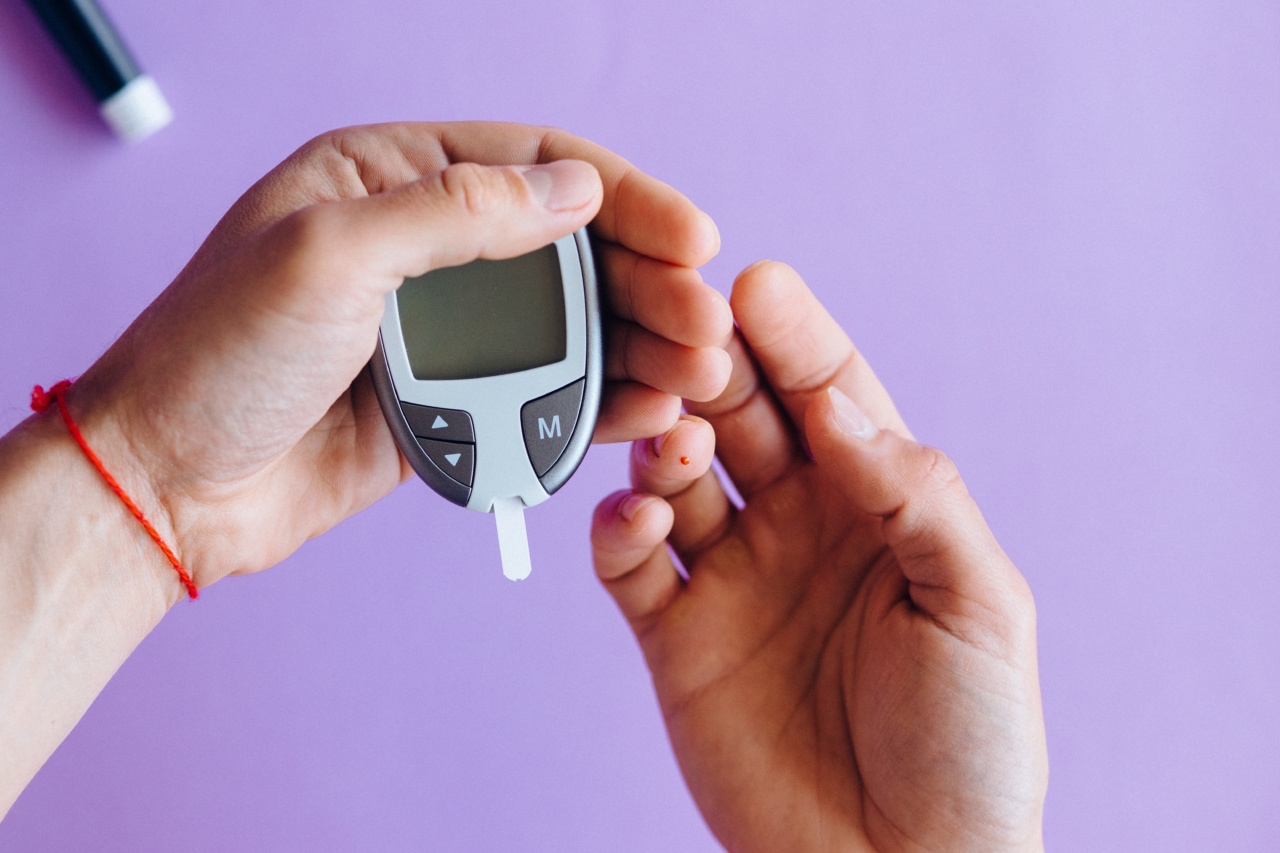If you or a loved one has recently had a stroke, you are likely aware of the importance of monitoring blood pressure, heart rate, and other vital signs to ensure a smooth recovery.
However, many stroke patients are not aware of the need to track blood sugar levels as well. In this article, we will explore the reasons why blood sugar management is crucial for stroke patients and highlight some tips for monitoring glucose levels at home.
The Connection Between Stroke and Blood Sugar
Research has shown that there is a direct link between stroke and blood sugar levels. High blood sugar, also known as hyperglycemia, can increase a person’s risk of stroke.
Meanwhile, low blood sugar, or hypoglycemia, can exacerbate the effects of a stroke and make recovery more difficult. Therefore, careful monitoring of blood sugar is essential for both stroke prevention and rehabilitation.
After a stroke, the body’s metabolic processes are disrupted, which can lead to fluctuations in blood sugar levels.
Additionally, stroke patients are at a higher risk of developing conditions such as diabetes and insulin resistance, which can further complicate blood sugar management.
The Risks of Poor Blood Sugar Control
If blood sugar levels are not properly managed after a stroke, it can lead to a range of complications. These include:.
- Increased risk of infection
- Higher likelihood of complications during surgery or medical procedures
- Slower healing time for wounds and injuries
- Increased risk of developing type 2 diabetes
- Increased risk of stroke recurrence
Furthermore, uncontrolled blood sugar can impair cognitive function and lead to depression, anxiety, and other mental health issues, which can hinder stroke recovery.
Monitoring Blood Sugar Levels
The most effective way to manage blood sugar levels after a stroke is to monitor them regularly. This can be done using a glucose meter, which is a small device that measures blood sugar levels via a single drop of blood.
A doctor or healthcare provider may recommend a specific monitoring schedule depending on the patient’s individual needs.
It is also important to note any symptoms of hyperglycemia or hypoglycemia, such as excessive thirst, frequent urination, fatigue, confusion, and blurred vision.
These symptoms can be indicative of a serious blood sugar imbalance and should be brought to a healthcare provider’s attention immediately.
Dietary Changes for Blood Sugar Management
In addition to monitoring blood sugar levels, dietary changes can help stroke patients better control their blood sugar. The following tips can be helpful:.
- Eat a balanced diet with plenty of fruits, vegetables, whole grains, and lean proteins
- Avoid high-sugar foods and beverages
- Limit processed foods and refined carbohydrates
- Stay hydrated by drinking plenty of water
Working with a registered dietitian can also be helpful for stroke patients who are struggling to make dietary changes or manage their blood sugar levels.
Medication Management
If a stroke patient has been diagnosed with diabetes or other blood sugar disorders, medication management is often necessary. This may include taking insulin or other medications to regulate blood sugar levels.
It is important to follow medication instructions carefully and keep track of any side effects or changes in blood sugar levels.
Lifestyle Changes for Blood Sugar Management
Finally, lifestyle changes such as regular exercise and stress management can help stroke patients better manage their blood sugar levels.
Exercise can help improve insulin sensitivity and lower blood sugar levels, while stress management techniques such as meditation and deep breathing can help lower stress hormones that can raise blood sugar levels.
Overall, blood sugar management is an essential component of stroke recovery.
By monitoring blood sugar levels regularly, making dietary changes, managing medications carefully, and incorporating healthy lifestyle habits, stroke patients can lower their risk of complications and improve long-term outcomes.





























